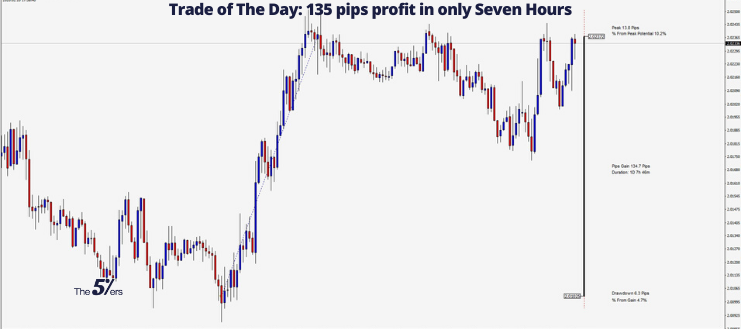

published by the Johns Hopkins University Press - Baltimore, London ( University of Cincinnati’s Faculty Portfolio Initiative). ^ W.L.Moran (edited and translated) - The Amarna Letters (p.xvi) published by the Johns Hopkins University Press - Baltimore, London ( Brown University).

#PROFIT SEVEN EA2 SERIES#
The letter is part of a series of correspondences from Babylonia to Egypt, which run from EA2 to EA4 and EA6 to EA14. education stood at 7, compared with 34 in the formal economy (Figure 2.11). This letter is known to be concerning, A Proposal of Marriage. many informal economy workers into income insecurity or vulnerability to. Since 1986, the year of our incorporation, MetaSystems has been focused on developing and manufacturing some of the world’s finest microscope imaging systems for life sciences, and in particular, cytogenetics. For each of the three channels of political economy, capital markets, and social conflict, the empirical evidence is surveyed and discussed in conjunction with the theoretical analysis.Amarna Letter EA2 is the letter of the Amarna series of inscriptions designated EA2, which is inscribed with cuneiform writing showing the continuation of a correspondence between Kadašman-Enlil I and Amenḥotep III, from EA1. It is calculated as 0.01 for the Deposit amount specified in this setting. It is not income inequality per se that matters, however, but inequality in the relative distribution of earning and political power. The economy's growth rate is shown to be a decreasing function of interest groups' rent-seeking abilities, as well as of the gap between rich and poor. The second model is a growth version of the prisoner's dilemma which captures the essence of theories where sociopolitical conflict reduces the security of property rights, thereby discouraging accumulation. It allows for explicit departures from perfect democracy and embodies the tradeoff between the growth costs and benefits of redistribution through taxes, land reform, or public schooling: such policies simultaneously depress saving incentives and ameliorate the wealth constraints which impede investment by the poor. The first model integrates the political-economy and imperfect-capital-market theories.

Using two unifying models and an empirical exercise, this paper presents and extends the main theories linking income distribution and growth, as well as the relevant empirical evidence.


 0 kommentar(er)
0 kommentar(er)
